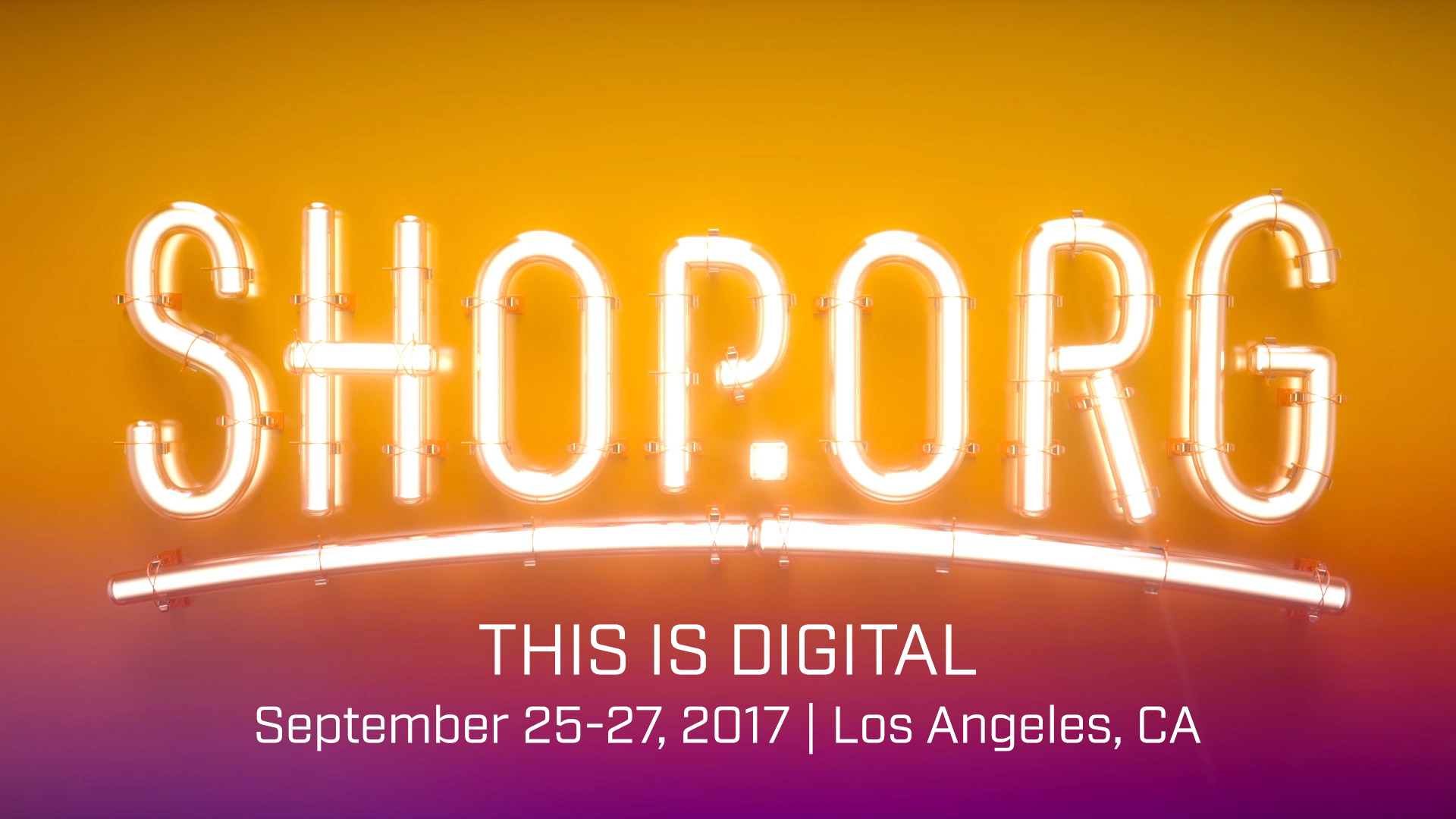It seems like clockwork that every few months, weeks or even days we see people panicking about robots taking over the world. Being one of the eye-grabbing headlines out there, many publications are very willing to suggest that entire industries will be destroyed by technology (or maybe millennials). This fear of change, along with talk of the so-called “Retail Apocalypse” (which was appropriately debunked on our blog last month), has left some questioning the future of the retail worker.
However, there’s no need for associates to worry. The truth is that there’s still plenty of opportunity for them to thrive in today’s landscape—as long as retailers are investing in them.
Is eCommerce Making Associates Irrelevant?
As eCommerce continues to grow and evolve, many facets of retail are being disrupted every day. However, research shows that consumers still value in-store shopping and the presence of retail employees.
According to ChargeItSpot, 63% of consumers believe that store associates are “extremely important” when they shop, with an additional 29% calling associates “somewhat important” to the experience. Meanwhile, Shopify suggests that 78% of consumers prefer to shop in-store. Their research also states that consumers tend to spend more time shopping in-store than on a retail website and spend significantly more money in-person.
The industry isn’t shrinking either. According to the Bureau of Labor Statistics, employment of retail sales workers is projected to grow 7% by 2024, about as fast as the average for all occupations.
It’s clear that not every consumer prefers to shop online. While it’s true that shoppers demand an easy and frictionless shopping experience, sometimes forcing them to Amazon, there’s still opportunity for in-store associates to thrive – especially if they can enhance the shopping experience for customers.
Investing in the Workforce
With the demand for in-store associates still present, a large share of the responsibility falls on retailers to give associates the necessary tools to succeed. Yet, according to research from Cisco, just 6% of retailers’ investment priorities are focused on improving employee productivity. Fortunately, stores are realizing that this needs to change.
An investment in technology can arm workers with the resources necessary to truly offer the customer-centric experience that’s necessary to excel in retail today. Also, with successes, workers will be far more likely to stay with their employer— an important benefit considering the traditionally high turnover within the industry. In fact, a recent Salesfloor study found that 72% of hourly retail associates are more likely to stay with a retailer if they have the right technology and resources, and two-thirds said access to digital tools and technology is a must-have at a future retailer.
It’s easy to think that robots, AI and Amazon will steal the roles of the retail associates in the world. However, this simply isn’t true. With strategic investments in employees and technology, stores can assure that associates are as productive as possible, customers receive the stellar service they expect and the in-store shopping experience remains key to commerce.






